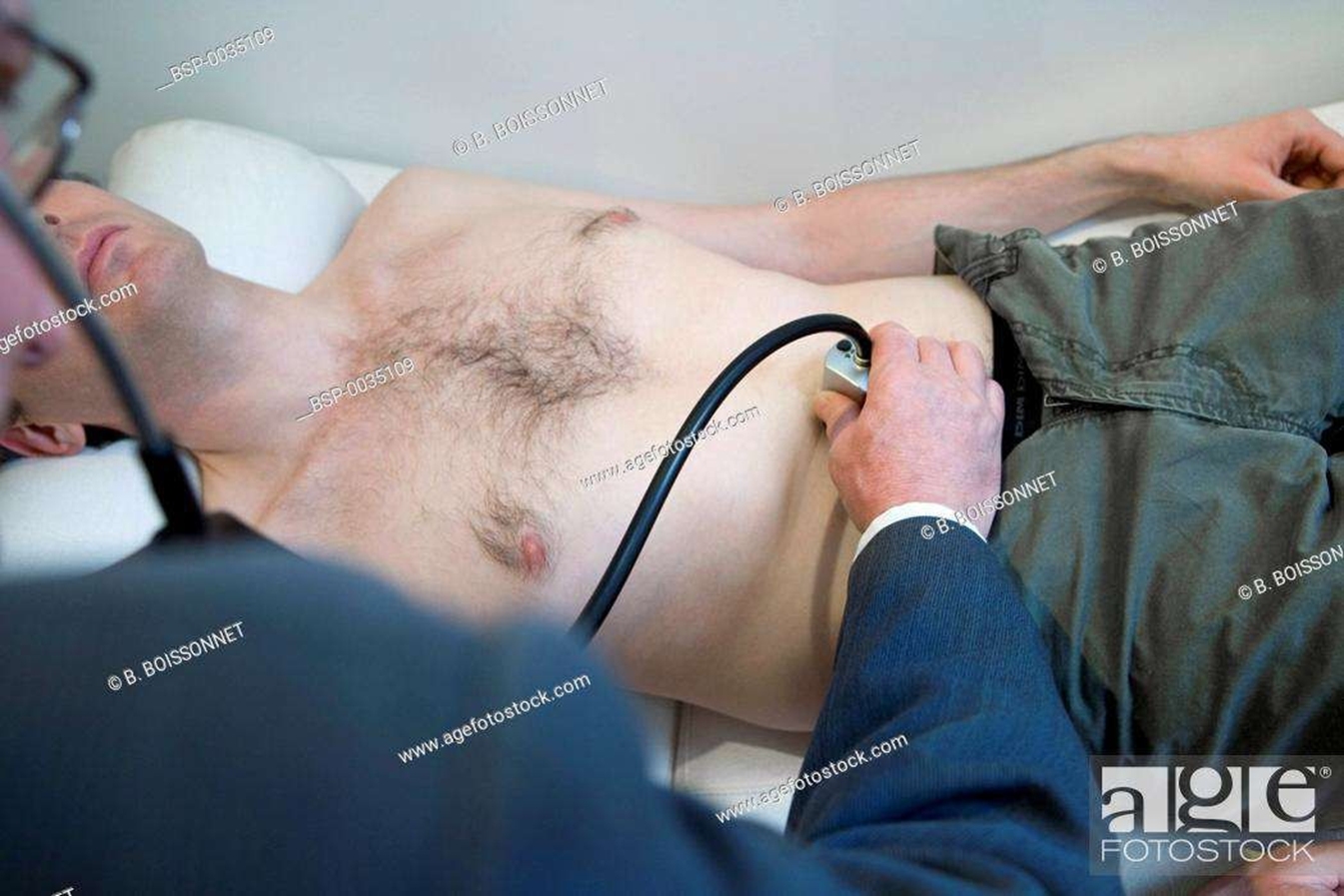A nurse is caring for a patient who is postoperative following a total knee replacement. What action should the nurse take to prevent deep vein thrombophlebitis?
Encourage increased fluid intake
Keep the affected knee flexed
Promote bed rest for 5 days
Massage the patient’s calf on the affected side .
None
None
The Correct Answer is A
The correct answer is Choice A.
Choice A rationale: Encouraging increased fluid intake helps maintain blood volume and reduces viscosity, promoting circulation and lowering the risk of venous stasis and clot formation postoperatively.
Choice B rationale: Keeping the affected knee flexed impairs venous return and increases stasis, elevating the risk of thrombosis. Proper positioning with extension promotes circulation and reduces clot risk.
Choice C rationale: Prolonged bed rest contributes to immobility-induced venous stasis, a major risk factor for DVT. Early ambulation and leg exercises are essential to prevent thromboembolic events.
Choice D rationale: Massaging the calf of a postoperative patient is contraindicated due to the risk of dislodging a thrombus, potentially leading to a life-threatening pulmonary embolism.
Nursing Test Bank
Naxlex Comprehensive Predictor Exams
Related Questions
Correct Answer is C
Explanation
Choice A rationale:
Elevating the head of the bed can promote comfort and ease breathing, but it's not the first priority in this situation. The nurse needs to assess the client's gastrointestinal status before offering any fluids or food.
While elevating the head of the bed may be helpful in some postoperative situations, it doesn't directly address the client's request for something to drink or the need to assess for potential contraindications to oral intake.
It's important to prioritize assessment before intervention to ensure safe and effective care.
Choice B rationale:
Offering apple juice, a clear liquid, might seem appropriate given the postoperative orders, but it's premature without first assessing the client's abdomen.
Auscultation can reveal important information about bowel sounds, which can indicate whether the client's gastrointestinal system is ready to tolerate fluids or food.
Prematurely offering fluids could lead to complications like nausea, vomiting, or aspiration if the client's bowels are not functioning properly.
Choice D rationale:
Ordering a lunch tray is not appropriate at this stage. The nurse needs to first assess the client's tolerance for clear liquids before advancing the diet.
Advancing the diet too quickly could also lead to gastrointestinal complications.
It's important to follow the postoperative orders and progress the diet gradually as tolerated.
Choice C rationale:
Auscultating the client's abdomen is the essential first step in this scenario. It allows the nurse to gather crucial data about the client's gastrointestinal status.
By listening to bowel sounds, the nurse can determine if the client's intestines are active and functioning properly. If bowel sounds are present and normal, it suggests that the client is likely able to tolerate clear liquids.
If bowel sounds are absent or abnormal, it may indicate a potential problem, such as ileus (a temporary paralysis of the intestines), and the nurse would need to hold oral intake and notify the healthcare provider.
This assessment provides essential information to guide the nurse's subsequent actions and ensure the client's safety.

Correct Answer is B
Explanation
Choice A rationale:
Removing the tube immediately upon patient gagging is not the most appropriate first step. Gagging is a common reflex during nasogastric tube insertion and can often be managed without removing the tube.
Premature removal could lead to unnecessary discomfort for the patient and potential delays in treatment.
The nurse should attempt to reposition the tube or have the patient sip water to facilitate passage before considering removal.
Choice B rationale:
Tucking the chin to the chest and swallowing are essential maneuvers that help guide the tube into the esophagus and reduce the risk of misplacement into the trachea.
These actions close off the airway and open the esophagus, creating a smoother path for the tube.
The nurse should instruct the patient to perform these actions during insertion to promote successful placement.
Choice C rationale:
While a supine position is often used for nasogastric tube insertion, it is not the most crucial factor for success.
Studies have shown that a high-Fowler's position (sitting upright with head elevated) may be equally effective and potentially more comfortable for patients.
The nurse should consider patient comfort and potential contraindications (such as respiratory distress) when choosing the most appropriate position.
Choice D rationale:
Measuring the tube from the nose tip to the navel is an outdated practice that can lead to inaccurate placement. The correct measurement is from the nose tip to the earlobe to the xiphoid process (NEX).
This landmark-based method provides a more reliable estimation of the distance to the stomach.
Whether you are a student looking to ace your exams or a practicing nurse seeking to enhance your expertise , our nursing education contents will empower you with the confidence and competence to make a difference in the lives of patients and become a respected leader in the healthcare field.
Visit Naxlex, invest in your future and unlock endless possibilities with our unparalleled nursing education contents today
Report Wrong Answer on the Current Question
Do you disagree with the answer? If yes, what is your expected answer? Explain.
Kindly be descriptive with the issue you are facing.
